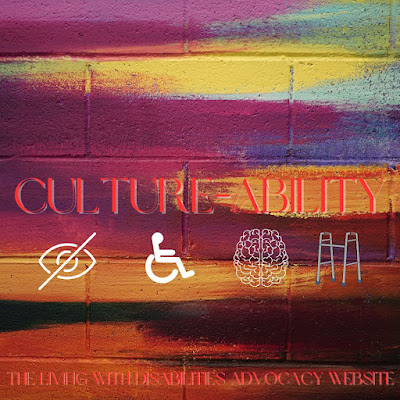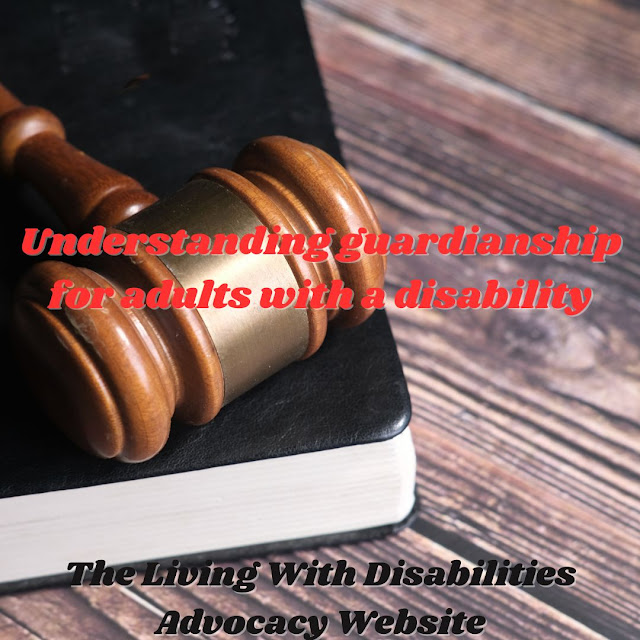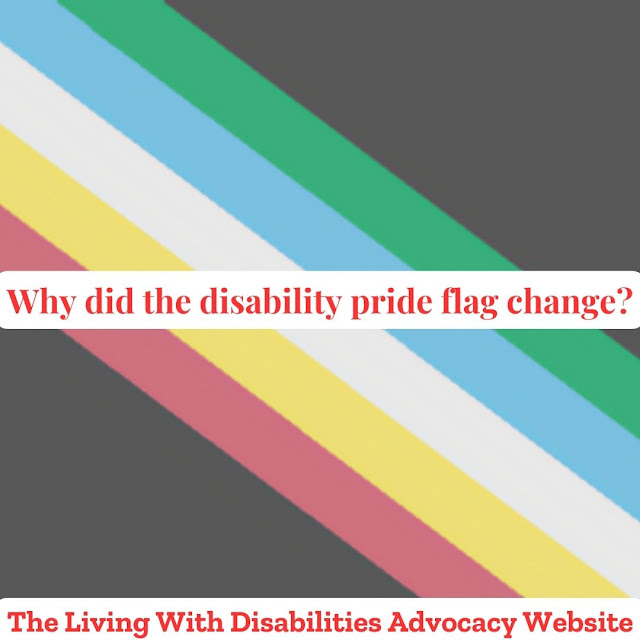Culture-ability
Welcome to the Living With Disabilities Advocacy website. First and foremost. Self-published author Katrina Smith, a person of many accomplishments, has written six volumes in total: two cookbooks and four collections of poetry. Her favorite activities include reading and writing. Katrina would be described by one word: determined. Despite any challenges she may encounter, she does not let unkind comments decide her fate.
If you're a new visitor to this advocacy website, this page aims to increase public understanding of those with disabilities and other conditions.
We suggest you seek a licensed professional counselor or healthcare provider for anything you read on this site.
This week, Living With Disabilities will touch base on Disabled Culture.
We want to make sure that you, the reader, are aware that everything has a culture and a different community before we begin this post. Life is precisely like that.
What is Disability Culture? A widely used concept created in the late 1980s to describe lifestyle disparities brought on by or encouraged by people with disabilities. Communities centered on disability issues exist. These include art movements, coalitions, Poetry, dance, performance pieces, installments, and sculptures. Pretty much what a person who is not disabled gets involved in.
When discussing Deaf, deaf, and HOH, many individuals will strongly disagree. The answer is that they do not consider themselves to be a part of the disability culture; they have their own culture, and that will be covered at a later time. However, because the host is still studying American Sign Language, Living With Disabilities will shed light on the Deaf Culture and community.
Disability Culture cannot be summed up in a single word or phrase. It is a sophisticated combination of artistic expression, performance, and community. inside this culture, The term "disabled" has been redefined to signify a social identity of knowledge and empowerment. Disability cultures, like many previous civil rights movements, question social norms and works to combat oppressive practices like institutionalization and medicalization. Its culture's essential principles are expressed in the art, dialogue, objectives, or actions. These fundamental principles frequently consist of: "an acceptance of human differences, an acceptance of human frailty and interdependence, a tolerance for the lack of resolution of the unpredictable in life, and a humor to laugh at the oppressor or situation, however dire it may be."
Disability culture, in its simplest form, is a place created by people with disabilities in order for us to blend in with our various differences without being mocked or misunderstood outside of our group. yet utilize all of our abilities in the same manner as anybody else?
🆕Living With Disabilities Presents: The Advocacy Table
a space created for people with disabilities to be able to have freedom of speech and talk on different topics surrounding the disability community. To get more details, check out The Advocacy Table. To become a panelist, Write into the show and let the host know what topic you want to talk about. She will then send out a group email to all panelists after the show has reached five or ten people. After the show, a survey will be emailed to you, and we would love to get your feedback.
If you need online support, Disability Safe Haven is great for receiving support. The We Care Team is very protective of its members and asks everyone who joins, to have a profile picture and answer the security questions.
References link
Disability culture - Wikipedia
Podcast link
https://podcasters.spotify.com/pod/show/livingwithdisabilites/episodes/Culture-ability-e25o0pf




Comments
Post a Comment